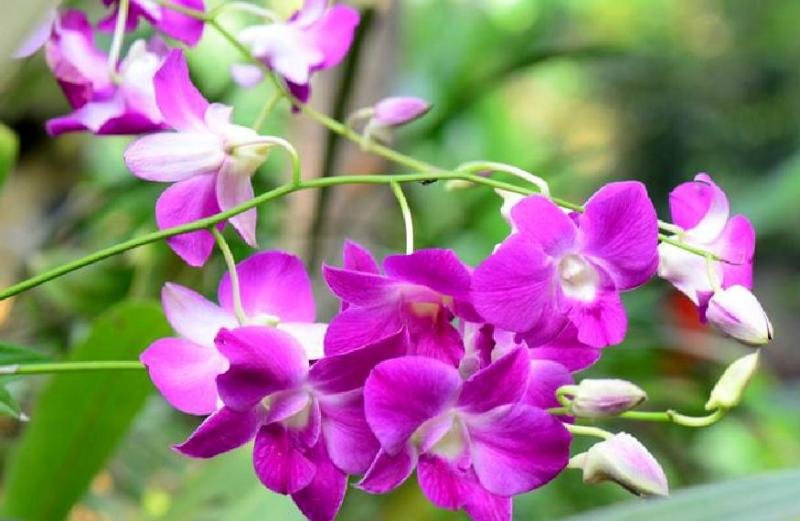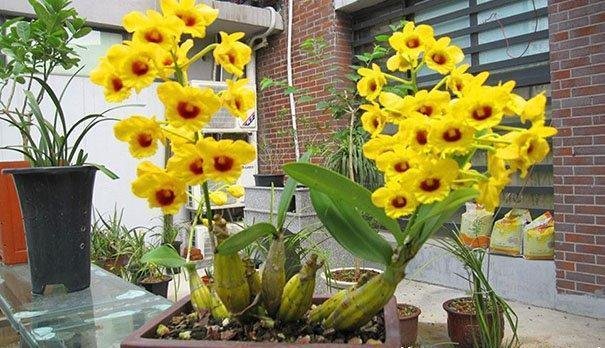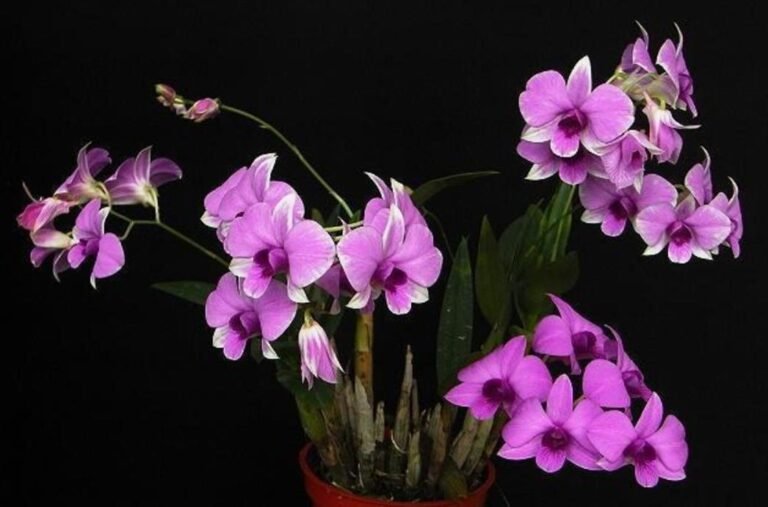Dendrobium phalaenopsis Fitzg
Dendrobium phalaenopsis (Latin name: DendrobiumphalaenopsisFitzg.), also known as Father’s Day Flower and Autumn Dendrobium, is a perennial epiphytic herb of the genus Dendrobium in the family Orchidaceae.
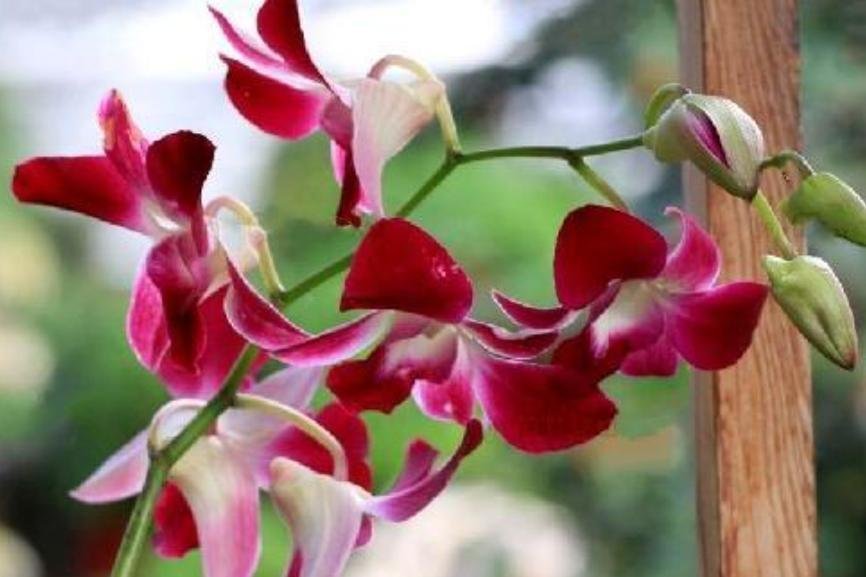
Dendrobium phalaenopsis is an epiphytic orchid with alternate leaf blades on either side of a reed-like pseudobulb that lasts for several years without falling off, and inflorescences with a few to a dozen flowers are visible in the autumn as they emerge from the top nodes of the pseudobulb;
Flowering lasts up to 2 months;
Flowers 5 to 6 cm in diameter, white, rose-red, pink, purple, etc.; prefers hot, humid, sunny conditions.
The native species is mostly found in Australia, New Zealand and New Guinea in Oceania. It can be used as an ornamental plant.
Basic Information
Scientific name: Dendrobium phalaenopsis Fitzg
Boundary: Plantae
Phylum: Angiosperms
Orphan: Monocotyledonaceae
Order: Microcephalae
Family: Orchidaceae
Subfamily: Orchidaceae
Group: Tree Orchids
Subgroup: Dendrobium subgroup
Genus: Dendrobium
Group: Dendrobium
Species: Dendrobium phalaenopsis Fitzg
Butterfly Dendrobium
Butterfly Dendrobium is an evergreen epiphytic herb with pseudobulbs, stout, erect stems with longitudinal grooves, alternate, rectangular to lanceolate leaves with acute tips, leaves about 20 cm long and 25 cm wide, leathery, green, and can last for several years without shedding.
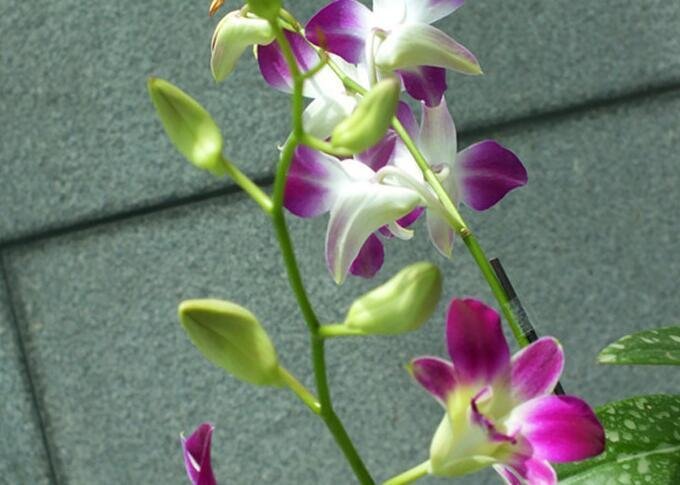
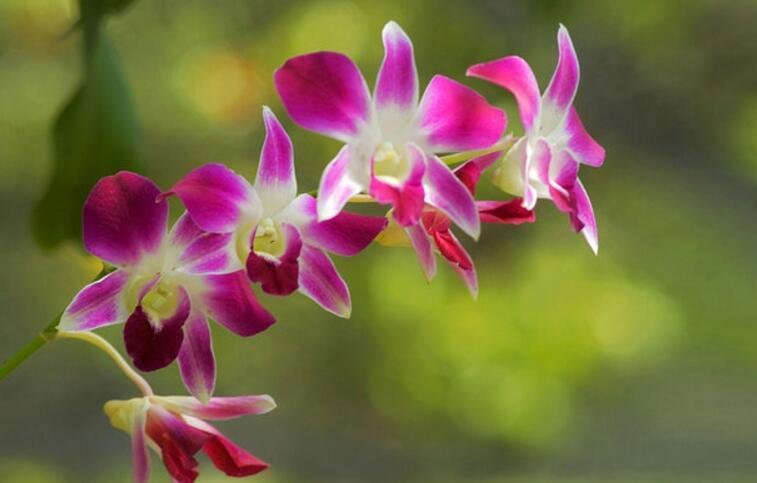
The inflorescences are slightly curved, with 20-30 flowers per inflorescence, opening gradually from the bottom up, with thick, short and broad petals that are richly coloured in white, pink, red and purple, as well as a variety of composite colours.
Growing environment
Butterfly Dendrobium plants have no obvious dormant period, suitable for growing in warm and humid and bright light and no direct sunlight environment, intolerant of cold and drought, avoiding sun exposure, semi-shade tolerance.
Growth temperature 18-35 ℃, winter night temperature is best to keep above 15 ℃, the daytime requires a temperature of 25-30 ℃.
Distribution range
Dendrobium butterfly is native to the tropical regions of Australia and New Guinea in Oceania.
Growth habit
The flowering period is very long, with a single flower lasting about a month and each inflorescence opening for more than 2 months. Under the right conditions, it can open all year round.
Reproduction Methods
Butterfly dendrobium generally adopts the method of dividing plants. Dividing is usually done in late autumn after flowering.
Specific method: take the plant out of the pot and separate the seedlings with a sharp tool. Apply a little fungicide to the incision to prevent the infiltration of germs. Trim off the degenerated old roots, and then dry for 2 hours, so that the incision is dry and the root system is soft before potting.
Potted on the bottom of the pot to put some larger (diameter 2-3 cm) gravel, crushed bricks or plastic foam, in order to facilitate drainage, planted after the planting of a thorough watering and put in the shade to slow down for a week, and then enter the normal management.
After planting, the front road to thrive (with new seedlings of the new plant) germination is easy, can quickly restore growth, but the back road seedlings (with old scutellaria old root of the new plant) germination is slower, the new shoots of nutrients all by the old stem supply.
Cultivation techniques
Selection of pots: plastic pots or ordinary plastic flower pots and then drill some holes instead.
Cultivation substrate: it is advisable to choose a good air permeability of small grains of stone, grains of clay, charcoal, according to the ratio of 4:3:3 mixed use.
You can also use orchids, bark, coconut shells, crushed bricks and so on.
Use water moss as substrate, especially when open-air cultivation, because water moss moisture retention is good, watering amount of attention to control, watering too much rainy days will be too wet rotten roots.
Water fertiliser:
Butterfly Dendrobium is afraid of cold and not afraid of heat, it is generally believed that it can not be lower than 10 ℃.
Due to the cold winter, the butterfly dendrobium in a dormant state, so do not apply fertiliser, less watering, keep the potting soil drier state.
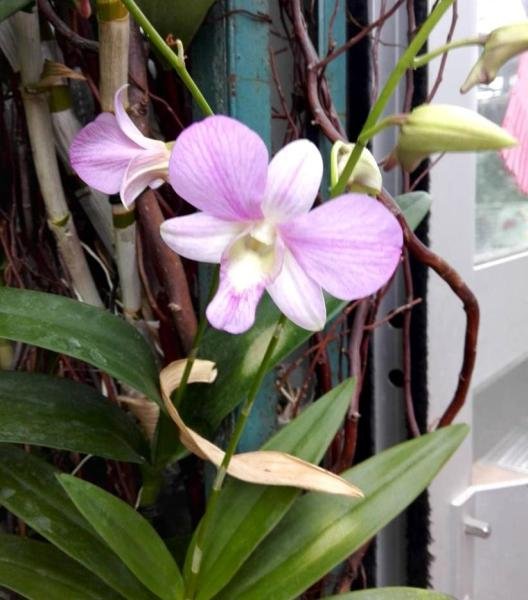
As the temperature rises in the spring, Dendrobium butterfly will sprout new buds, and then the amount of watering can be increased appropriately.
When the new shoots grow to more than 5 cm, you can apply 4000-5000 times compound fertiliser solution (this concentration is 1 gram of fertiliser plus 4-5 litres of water).
Commonly used compound fertiliser, compound fertiliser in addition to containing nitrogen, phosphorus, potassium, but also contains boron, zinc and other elements, is conducive to plant flowering. Apply every 10 days, 3 times in a row.
By the end of summer, flower buds will grow on the top of the mature seedlings, which can be sprayed with 4000-5000 times of potassium dihydrogen phosphate solution, also once every 10 days, to promote the flower buds to thrive, and the flowers are many and large. It will bloom by mid-autumn.
Light:
Butterfly Dendrobium must be kept in a place with diffused light or shade, do not let direct sunlight, otherwise it is easy to burn spots.
Main value
Butterfly Dendrobium has peculiar flower shape, bright flower colour, long flowering period, a single flower period up to a month, and the flowering period coincides with the National Day and Mid-Autumn Festival, which can add a joyful atmosphere to the festival.
In addition to the ornamental role, Dendrobium butterfly is also often used as fresh cut flowers.
